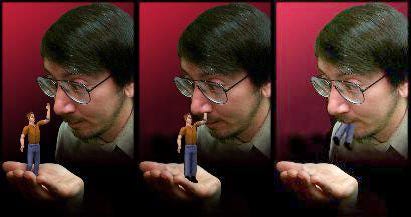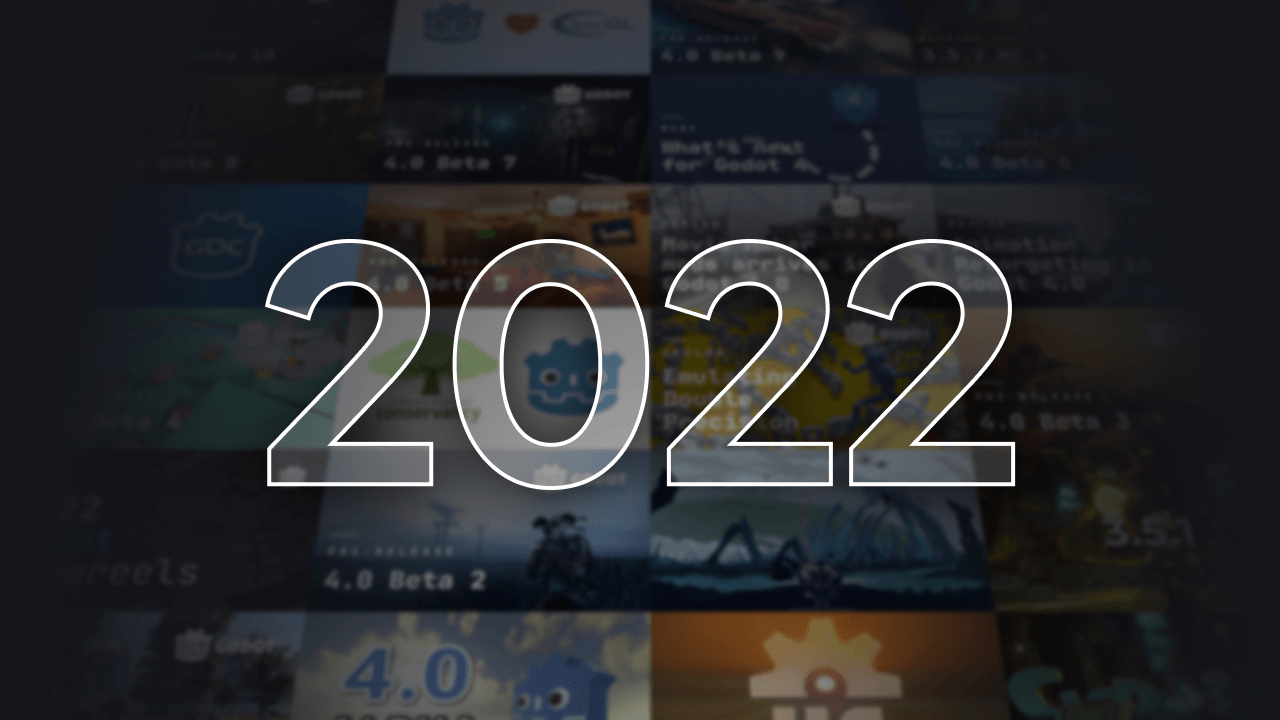Three lessons from Will Wright... | Gamedev Dairy #66
Hacks for learning, productivity, having work-life-passion balance and finally game development!
TL;DR
When Will Wright learned education is not moralization
The four coupled parts of a game
Data-Driven Game Architecture
Recommendations
When Will Wright learned education is not moralization
I have never been a fan of Will Wright’s games. I was too late to still enjoy Sim City, and the Sims aka Jersey Shore of gaming never seemed interesting to me. But this man’s way of thinking is still intriguing!
I love the anecdote where The Sims game was created to teach people about the traps of consumerism hidden in capitalism. But instead become its embodiment, with all the DLCs that came after. He did show us the entire process of consumerism and how it works, then someone else monetized on it. Because the process just works 😉 In a way, it is a perfect simulation 😉
The four coupled parts of a game
Although it’s supposed to be about simulation games, it might be about any other game. After all, in every game where there are any dependencies between them, we have a simulation model, right?
There are several tightly coupled parts of a simulation game that must be designed closely together: the simulation model, the game play, the user interface, and the user’s model.
In order for a game to be realizable, all of those different parts must be tractable. There are games that might have a great user interface, be fun to play, easy to understand, but involve processes that are currently impossible to simulate on a computer.
There are also games that are possible to simulate, fun to play, easy to understand, but that don’t afford a useable interface: Will has designed a great game called “Sim Thunder Storm”, but he hasn’t been able to think of a user interface that would make any sense.
Don Hopkins
Data-Driven Game Architecture
Indie game developers, once they dig deeper, often hear that games are supposed to be data-driven, for performance purposes. It’s as easy to understand as it is hard (at least for me). But I encountered a fun explanation from Will Wright:
And there’s a communication there.
It’s all data driven.
And even the animations.
So the animation of these people is done through this kind of component driven geometry.
So they don’t have to know how to ride a bike, or sit on the toilet.
The object tells them how to, when they come up and say, “okay, you’re gonna make me less hungry, I’m gonna interact with you, what do I do?”.
The object tells it what to do.
The cool thing about this is that we can drop new objects in later.
Will Wright
Recommendations
Fun, although long:

Did you know that an oil company wanted Will Wright to create a Sim Refinery game to train their employees? IN 1992!
Also, waiting for Godot 4.0 (this pun is getting old):

Free and open source 2D and 3D game engine
godotengine.org/article/2022-retrospective



